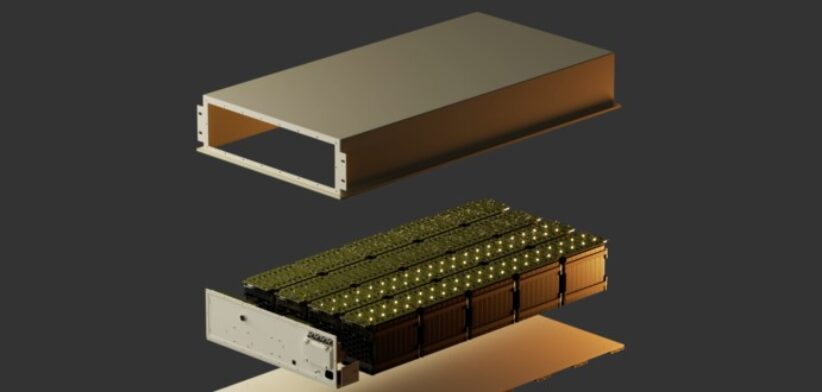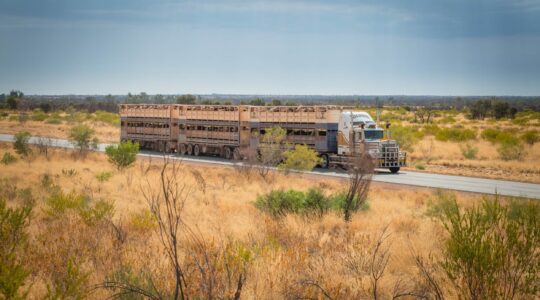World-first battery technology developed in Melbourne has secured $25 million in funding to fast-track production.
Australian Renewable Energy Agency (ARENA) CEO Darren Miller said the Agency had backed Victorian-based tech company Relectrify to roll out its battery energy storage system (BESS), the AC1.
Mr Miller said, unlike traditional systems, the AC1 didn’t require an inverter, instead using a unique battery management system that controlled each battery cell to directly produce AC power.
“This design reduces battery degradation and can deliver 20 percent more energy over its lifetime, helping to lower energy storage costs.”
He said Relectrify’s AC1 system emerged from an earlier ARENA-funded project that uncovered the breakthrough technology with the potential to cut costs and boost battery performance.
“Backed by venture capital and now supported again by ARENA, Relectrify is scaling the AC1 innovation.”
Mr Miller said the project highlighted the importance of backing early-stage technology and Australia’s leadership in battery innovation.
“With early-stage support from ARENA, Relectrify was able to develop its technology and test its first deployments.
“Not everything went to plan, but through these early trials Relectrify developed a breakthrough with the potential to reduce costs and improve performance.
“What began as a project to reuse end-of-life batteries has now grown into a world-class battery management technology with the potential to transform energy storage.”
Relectrify CEO Jeff Renaud said the AC1 BESS had the potential to transform battery energy storage.
“The AC1 BESS neutralises weaknesses in today’s battery systems with a proprietary architecture that can independently optimise the usage of every battery cell,” Mr Renaud said.
“The AC1 does things no other BESS can do, generating grid-compliant AC power directly from battery cells, without the need for a separate inverter. This all translates into enhanced safety, reliability and investment returns for BESS owners.”
Mr Renaud said commercial and industrial energy users were the “missing middle” in Australia’s energy transition and the AC1 was designed to fill this gap.
“It gives large energy users the ability to take control of their energy use and reduce costs, all while supporting Australia’s transition to renewables.”








